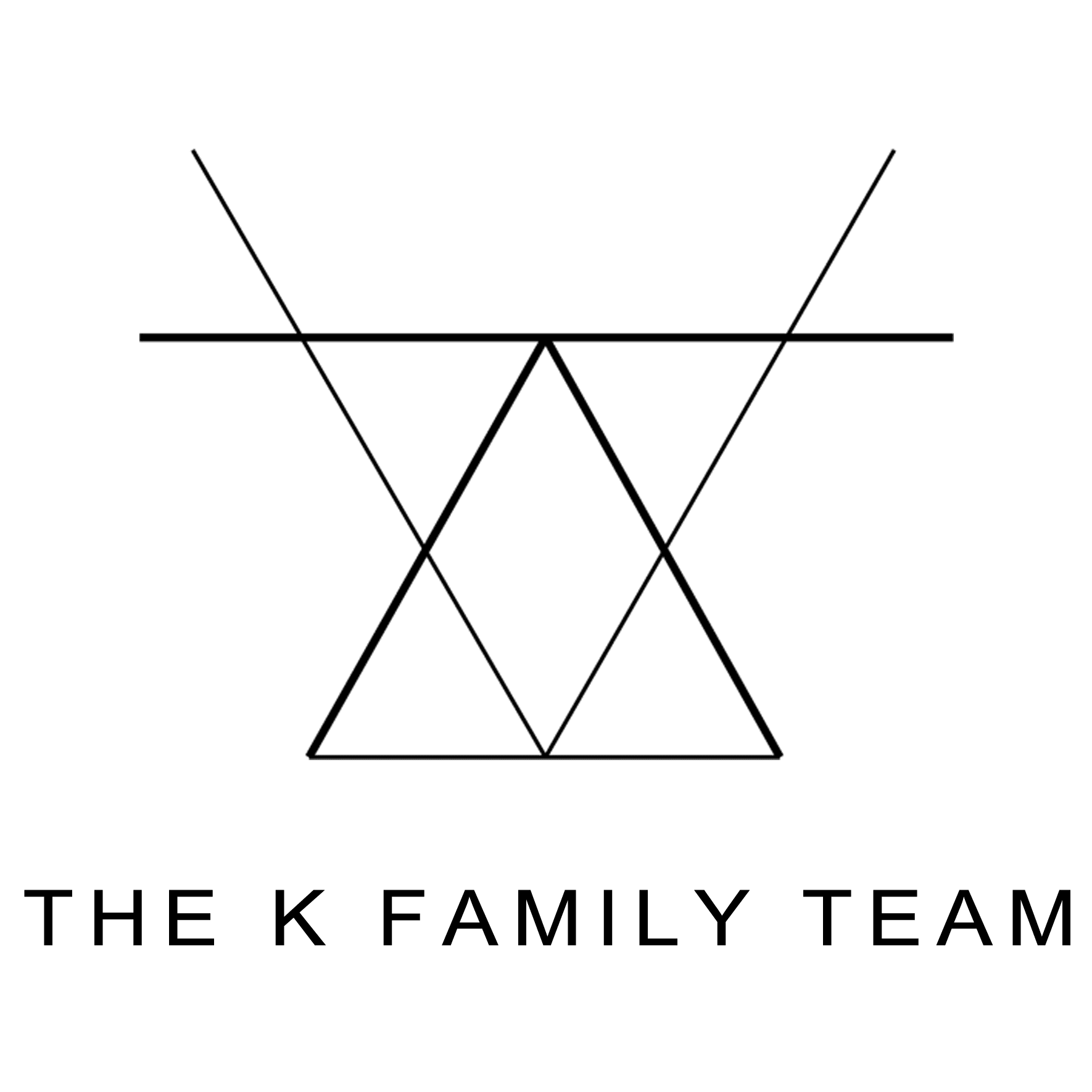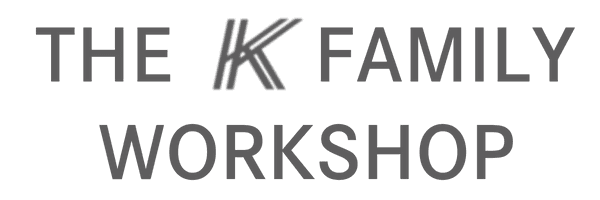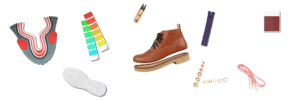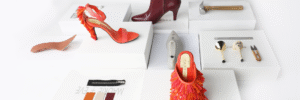Bags are more than just accessories — they’re daily essentials that blend practicality with personal style. That’s why the bag industry continues to thrive, especially in the women’s luxury segment. Today’s consumers are drawn to brands that feel unique, expressive, and niche, creating exciting opportunities for new designers and entrepreneurs. However, starting a bag business from scratch can feel overwhelming — from defining your vision to finding the right factory and positioning your brand in the luxury market. If you’ve ever dreamed of launching your own bag line but aren’t sure where to begin, this guide will walk you through every key step — from concept to creation — helping you turn your passion into a sustainable luxury brand.
Step 1 : Defining Your Bag Brand Identity
Before you dive into sketches or samples, your brand identity is where everything begins. It’s the foundation that guides your design direction, pricing, marketing, and even the kind of customers you’ll attract. Start by choosing your niche — are you creating a luxury, contemporary, or sustainable bag brand? Each direction speaks to a different audience and requires its own tone and strategy. For example, a sustainable brand using biodegradable natural jute ropes to craft eco-friendly bags could easily capture attention among conscious urban consumers who value style with responsibility. This kind of clear niche instantly sets you apart.

Next, build your brand story and values. What emotions do you want your customers to feel? Are you expressing empowerment, creativity, or minimalism? Your story should connect to those emotions, not just product features. Define your brand’s tone of voice, logo, and color palette carefully — these visuals are powerful tools that shape first impressions. A refined, consistent aesthetic across packaging, photography, and website design helps build recognition and trust in the luxury space.
Finally, understand your target audience deeply. Go beyond demographics like age or income — focus on psychographics and behavioral motivations. In the high-end market, customers often buy not because of price, but because of how the brand makes them feel. They seek emotional value — a sense of belonging, self-expression, or status. The more precisely you define this emotional connection, the stronger your brand identity becomes, allowing you to craft products and messages that truly resonate with your audience.
Step 2 : Designing and Developing Your Collection
Once your brand identity is clear, the next step is to bring your vision to life — transforming ideas into tangible designs. The process usually begins with sketching and inspiration gathering. This is where you explore shapes, functions, and the overall aesthetic that represents your signature style. Whether your concept is minimalist elegance or bold artistic expression, consistency across your designs builds brand recognition. At this stage, it’s essential to collaborate with a bag manufacturer that offers prototyping services. Prototyping allows you to test design practicality, proportions, and materials before committing to full production — a crucial step for avoiding costly mistakes.
When it comes to material selection, quality defines perception in the luxury market. Choose premium leather, refined hardware, and durable lining that complement your brand’s positioning. Even subtle details — such as zipper texture or edge paint finish — can elevate your product’s perceived value. For sustainable brands, exploring alternative materials like plant-based leather, recycled fabrics, or biodegradable fibers not only enhances uniqueness but also aligns with growing consumer demand for ethical products.
Finally, remember that crafting a great bag is fundamentally a collaborative art. Designers, pattern makers, and sample room technicians each contribute unique specialized expertise to the process. Pattern makers are essential for ensuring perfect structure and fit, while sample rooms meticulously refine the prototype to achieve precise balance and professional finish. Partnering with experienced professionals makes a transformative difference — they effectively translate your creative sketches into market-ready products that meet the highest standards of craftsmanship. This powerful integration of creativity and technical precision is where your collection truly begins to take shape — turning your design vision into a tangible, wearable expression of your brand.
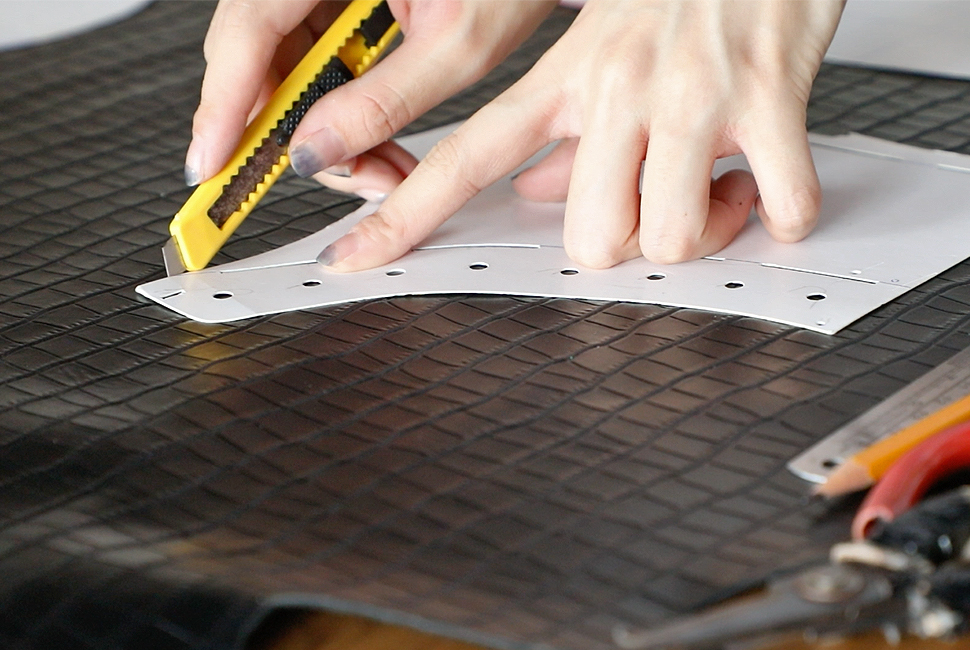
Step 3 : Finding the Right Manufacturing Partner For Your Bag Brand
After finalizing your designs and prototypes, the next challenge is choosing a manufacturing partner who can translate your creative vision into reality. For emerging designers, private label bag manufacturers that accept small or luxury batches are ideal — they provide flexibility to test the market without large upfront costs. A good factory not only produces bags but also supports brand growth through technical guidance, sourcing expertise, and reliable delivery timelines.
When evaluating factories, prioritize three key factors: quality control, MOQ, and certifications. Rigorous quality control ensures that every stitch, seam, and hardware piece aligns with your luxury standards. Low or no MOQ policies allow startups to start small while maintaining professional-grade production. Meanwhile, certifications like BSCI, SA8000, or sustainability audits demonstrate that the manufacturer upholds ethical labor practices and eco-friendly processes — vital for modern brands emphasizing social responsibility.
Equally important is how you communicate your design and brand standards. Share clear technical drawings, reference samples, and material specifications. Discuss finishing details such as logo placement, packaging design, and quality benchmarks. Regular communication builds mutual understanding and helps the factory interpret your brand’s aesthetic accurately.
A reliable partner becomes more than just a supplier — they’re an extension of your creative team. By aligning craftsmanship, ethics, and brand philosophy, the right manufacturing collaboration ensures that every bag leaving the workshop reflects your vision of quality, authenticity, and prestige.
Step 4 : Building a Strong Brand Presence For Your Bag Brand
Once your products are ready, it’s time to present them to the world — and first impressions matter. Visual storytelling is where your brand comes to life. Every photo, packaging element, and website layout should communicate your aesthetic and values. Luxury is built on perception, so investing in professional photography, elegant packaging design, and a visually cohesive website is essential. Think of your visuals as a language that tells your brand story — from unboxing experiences to lifestyle imagery that shows your bags in real-world settings. Customers should feel the brand’s quality before they even touch the product.
Next, define your pricing strategy and product tiers carefully. Pricing should reflect your craftsmanship, materials, and positioning — not just your costs. For luxury and contemporary brands, perceived value often comes from emotional appeal, exclusivity, and storytelling. Consider building tiered offerings: core classics for steady sales and limited editions for exclusivity and buzz. Transparent yet premium pricing reinforces your brand’s credibility and helps attract the right customer base.
Finally, launch your brand strategically across social media and e-commerce platforms. Use platforms like Instagram, TikTok, and Pinterest to showcase visual content and connect emotionally with your audience. Combine this with a sleek e-commerce site that offers a seamless shopping experience, complete with detailed product pages and brand storytelling. A consistent presence across all channels builds recognition, trust, and long-term brand loyalty — transforming your bag label from a startup into a statement.
Marketing and Distribution Strategy
Even the most beautifully designed bags need visibility to succeed. A thoughtful marketing and distribution strategy ensures your brand reaches the right audience and builds lasting desirability. Start by leveraging collaborations, influencer partnerships, and PR exposure. Working with fashion influencers or stylists who align with your brand aesthetic can instantly increase credibility and reach. Partner with photographers, content creators, or even other emerging brands to co-create campaigns or limited collections. Meanwhile, gaining editorial coverage in fashion magazines or online luxury platforms can elevate your prestige image and attract upscale buyers.
When it comes to sales channels, both your own website and retail partnerships have unique advantages. Selling through your website gives you full control over pricing, branding, and customer experience, allowing direct engagement with buyers and higher profit margins. However, retail partners — from department stores to boutique concept shops — offer wider exposure and credibility, especially for new brands entering the market. The best strategy often combines both: build your own strong online identity while partnering selectively with retailers that reflect your brand values.
Finally, focus on creating brand desirability and exclusivity. Limit editions, personalize certain products, or introduce capsule collections to maintain freshness and scarcity. Use storytelling-driven marketing that highlights craftsmanship, heritage, and emotion — making your customers feel they’re owning something rare and meaningful. In luxury, desirability isn’t just about what you sell; it’s about how you make people aspire to be part of your world.
Scaling and Sustaining Your Luxury Brand
As your brand grows, the ultimate challenge is maintaining the same quality that defined your early success. For most boutique and luxury brands, quality is non-negotiable — it’s what builds reputation and trust. Even when production scales up, never compromise on craftsmanship, materials, or finishing. Establish clear quality control processes with your manufacturing partner, and continue to review samples personally to ensure every bag meets your original standard. In the luxury world, consistency is the foundation of long-term credibility.
Next, consider expanding product lines or entering new markets strategically. Growth should be guided by your brand’s identity, not driven by short-term trends. Adding belts, small leather goods, or accessories can strengthen your brand ecosystem, but expanding too fast risks diluting your image. Study customer feedback, analyze sales data, and explore markets where your aesthetic naturally resonates. Sustainable, organic growth is always better than blind expansion.
Finally, focus on building long-term customer loyalty and sustainability practices. Offer exceptional after-sales service, personalized communication, and limited-edition experiences that make customers feel part of your brand story. Meanwhile, adopting sustainable practices — such as ethical sourcing, eco-friendly packaging, or recycling programs — shows responsibility and strengthens your modern luxury appeal. A brand that evolves responsibly while staying true to its values is the one that endures in the ever-changing fashion landscape.
